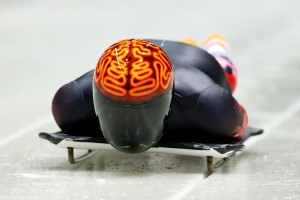There are moments in life for which most of us have shared a history – events that brought us together as a human collective: where were you when Neil Armstrong landed on the moon? Or when Elvis died? Or when you got that first glimpse of Borat’s electric lime mankini?
With few exceptions, everyone would have an answer.
However, can you remember what you did last Tuesday – not so easy, is it? And I suspect this is because last Tuesday was not a shared experience – not part of a collective conscious. It was merely one in a line of déjà vu experiences – a jumble of newspapers and breakfast bowls, traffic snarls, half-finished jobs and conversations.

But there is a question that has been pondered by almost everyone who has walked this earth and drawn breath – one that interrogates the very root of our consciousness:
What am I doing with my life?
For some, the question comes early, and in a select minority may precipitate profound change. Einstein, for instance, was driven to his annus mirabilis at the precocious age of 27 years, when he published four articles that solved quantum theory, Brownian motion, the special theory of relativity, and climaxed with E = mc2, works that lay the foundation of modern physics and changed views on space, time, and matter. One wonders what was at play in Einstein’s consciousness that made his early angst so productive?
One may imagine that in the present era of technological advance and translational medicine, the job of locating the origins of consciousness could be easily achieved. With combined neuroimaging, electrophysiological, philosophical, mathematical and clinical approaches, it should be possible to understand the computations that occur between sensory input and motor outputs, and further, to pinpoint the differences between a stimulus that is consciously perceived, or not.And yet, we lack a coherent model.
Perhaps the brain and mind are different.
And perhaps it is here that consciousness exists – in this nebulous space between science and beauty, the real and imagined. Which of course brings us to Proust and his considerations about objects of beauty. Perhaps there can be no better example of true beauty than the brain and mind, moving freely from philosophy, incorporating the senses and considering the clinical realities.